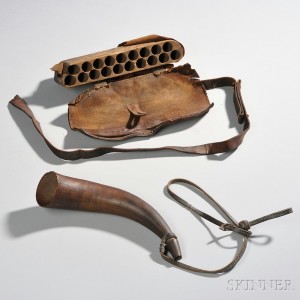Cruzatte
50 Cal.
I suggest the distinction here is cultural. French Canadians, and those First Nations doing business with French Canadian traders learned to shoot their fusils as le Loup suggests, having negligible contact with the rifle culture of Pennsylvania, Maryland, Virginia and other rifle making centers. In one of his videos on loading the fusil, Duelist1954 makes this argument, and I think it's pretty convincing.There were smooth rifles sold on the frontier. The ‘Kentucky Rifles’ of the battle of New Orleans lost most of their rifles on the trip down and were shooting smooth bores. Men like Glass and Coulter lost rifles and had to make due for some time with fusils. In all of these cases the shooters would have been familiar with patching ball.it strains credibility to think none of these guys patched a ball for their smoothies. The men of the ‘Kentucky Rifles were running patched ball down their bores all their lives. So even if it was just the first shot ?
To be 100% hc, you can only prove wads, but.....
Documentation? I have but one source; and that is the reminiscence of Osborne Russel in Journal of a Trapper. He recounts a battle between the trappers and the Blackfeet, where the combatants were so close together that Russel states that he could see the blanket wads coming from the muzzles of the Indians' fusils as they shot at the trappers.
Although by Russel's time, the British had taken over the Canadian fur trade and were making significant inroads in the American trade, the tradition of wadding the ball in a fusil by Native Americans was, I conclude, solidly established.
I think categorical statements must be nuanced according to culture, time, and place. Hugh Glass and John Coulter came from a rifle shooting culture. So it makes sense that they might load a fusil as they were used to loading a rifle. The Canadian coureur de bois Étienne Brûlé, on the other hand did not come from a rifle culture. So it makes sense that he may have loaded his fusil with wads.






